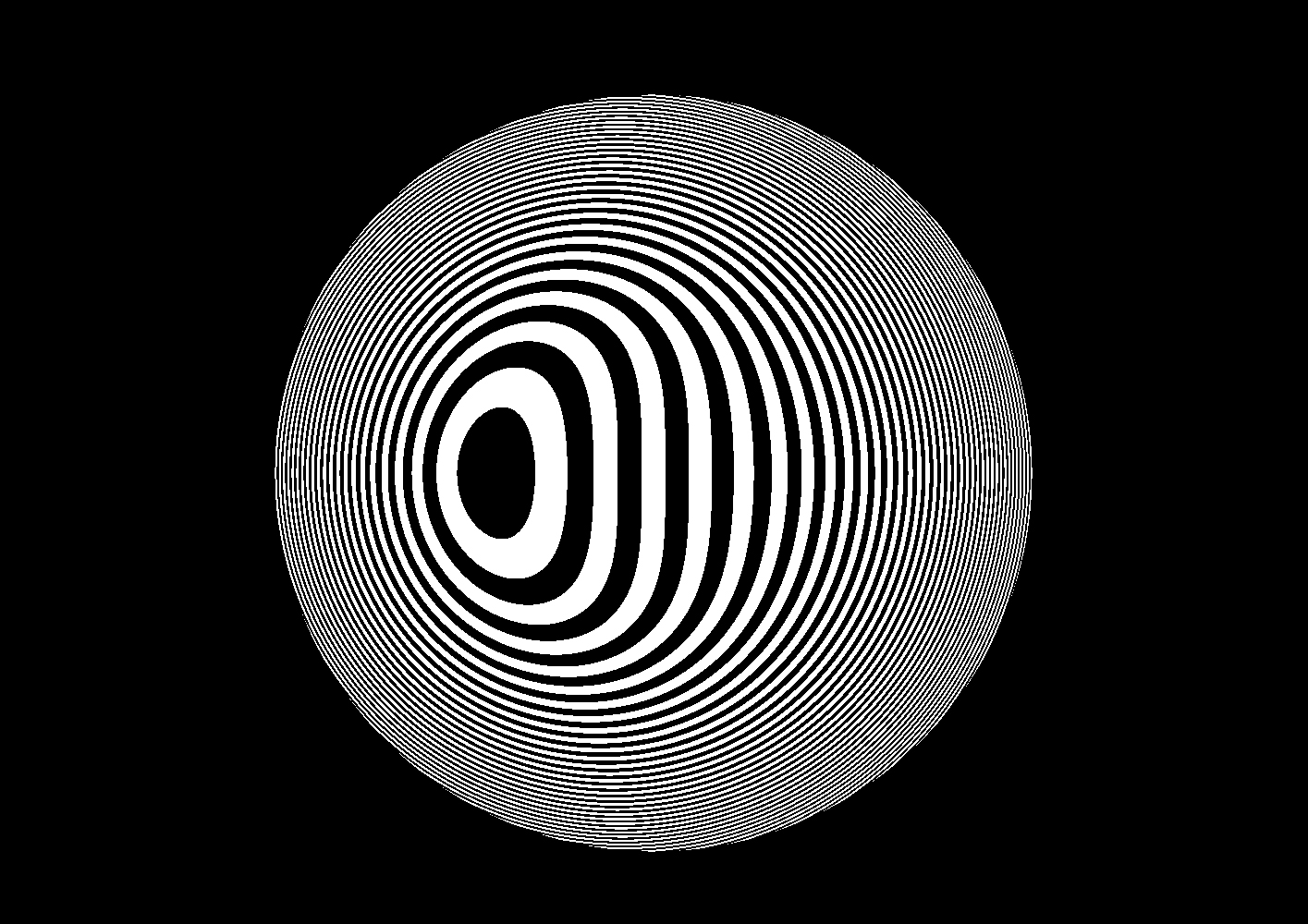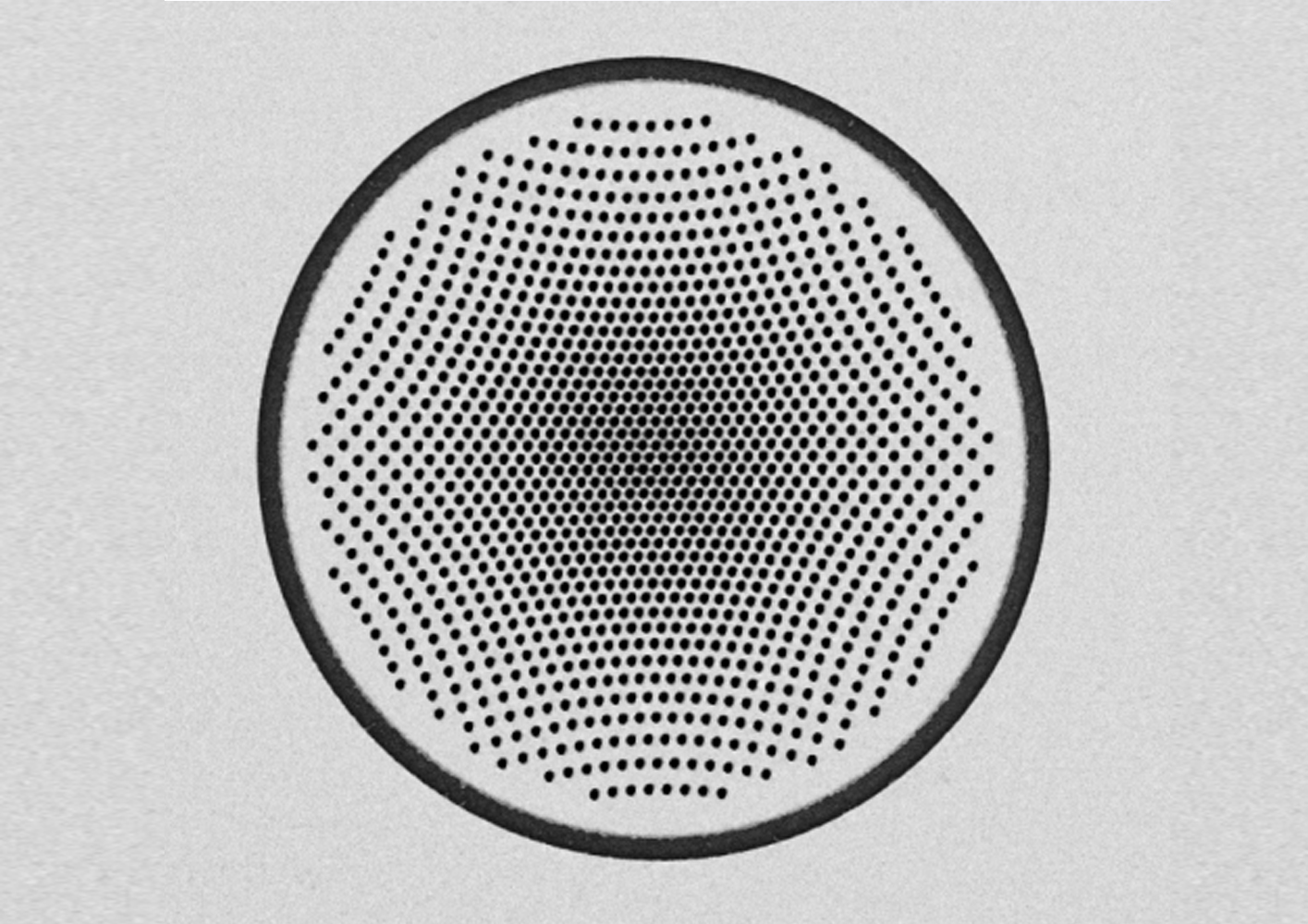Q-SORT introduces new ideas and methodologies by which the transmission electron microscope (TEM) is modified so as to function as a Quantum Sorter. All TEM techniques are in fact limited to the imaging and energy spectroscopy of the electron wavefunction. Moreover, when a single sample property is sought, most of the image information is useless, a waste that cannot be afforded in dose-sensitive materials.

The Quantum Sorter leverages the recently-acquired capacity to structure electron beams. This implies that if, in a quantum experiment (=tunable state preparation, interaction, analysis), the analysis is performed over the ‘optimal’ basis of quantum states, very few electrons are necessary for the full characterisation of a sought property. In other words, the TEM can be tuned to answer only a single question, but with maximum efficiency.
To this end, Q-SORT introduces a new parallel analysis strategy, based on a suitable conformal mapping of the wavefunction: the starting point is the analysis of orbital angular momentum (OAM), but building a more general recipe for diagonalising a wider range of observables is one of the anticipated breakthroughs of Q-SORT. This will in turn allow Q-SORT to achieve three other high-risk breakthroughs of vast applicability: assessing the OAM of plasmonic resonances in selected nanoparticles, achieving atomic-resolution magnetic dichroism measurements, and identifying different proteins based on selected properties.
The Quantum Sorter will become so important that we envisage it will eventually be part of every state-of-the-art TEM, since the new technology is easy to integrate with energy-loss spectrometry.
The project consortium includes world leaders in optical and electronic vortex beams, as well as in protein cryoTEM. A major industrial partner in TEM is included -i.e. FEI, now part of Thermo Fisher Scientific-, to secure market penetration of technological outcomes. The Q-SORT Consortium comprises some of the top players in the world of OAM, quantum optics, TEM and cryoTEM.
For more information on the science of Q-SORT, you can peruse the following pages:

A layperson’s introduction to Q-SORT research
